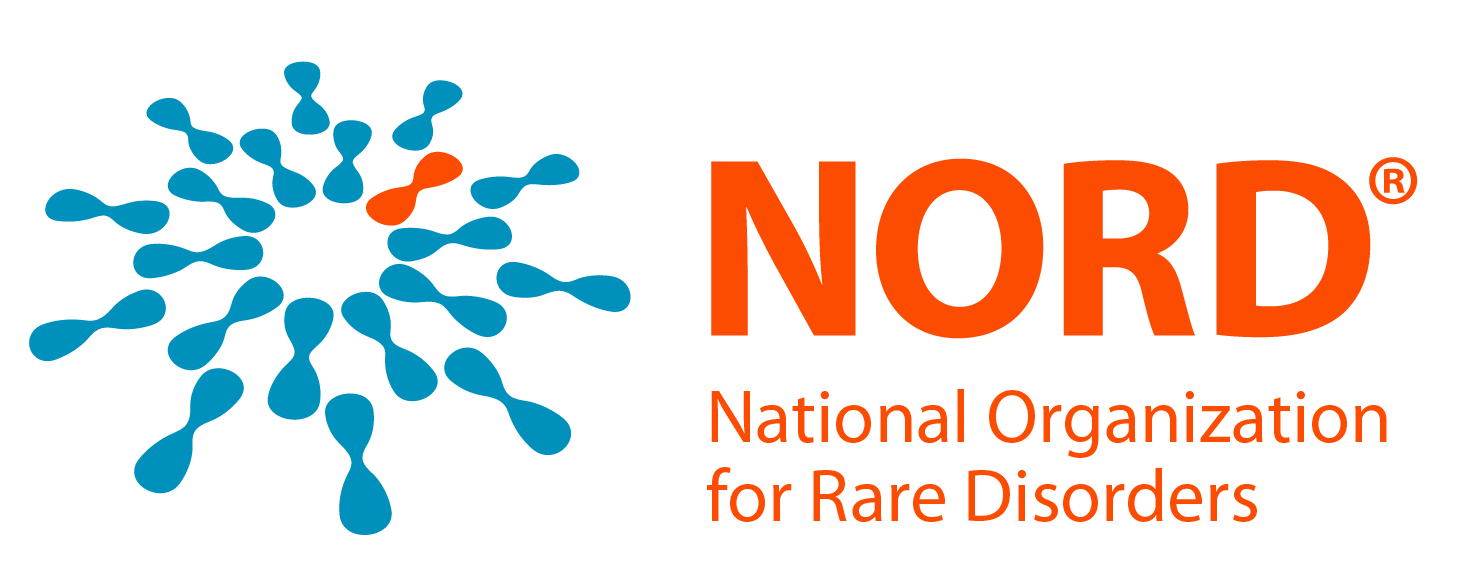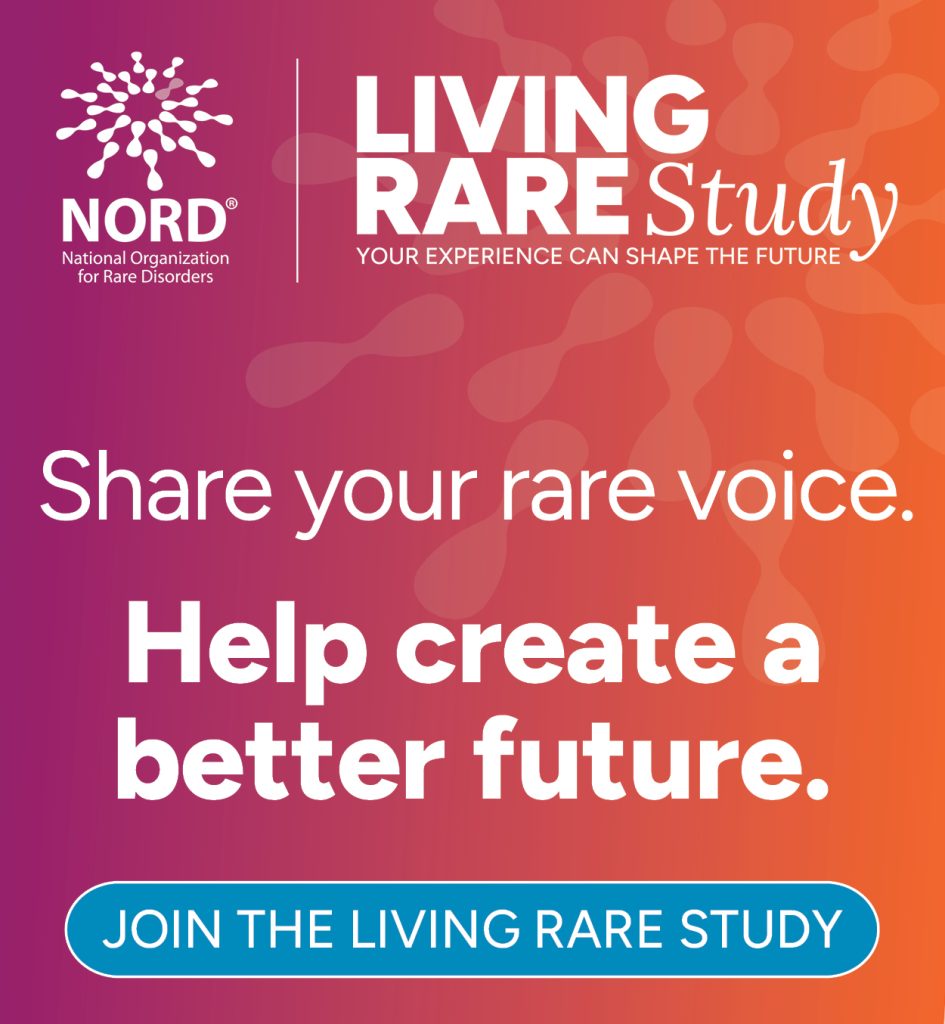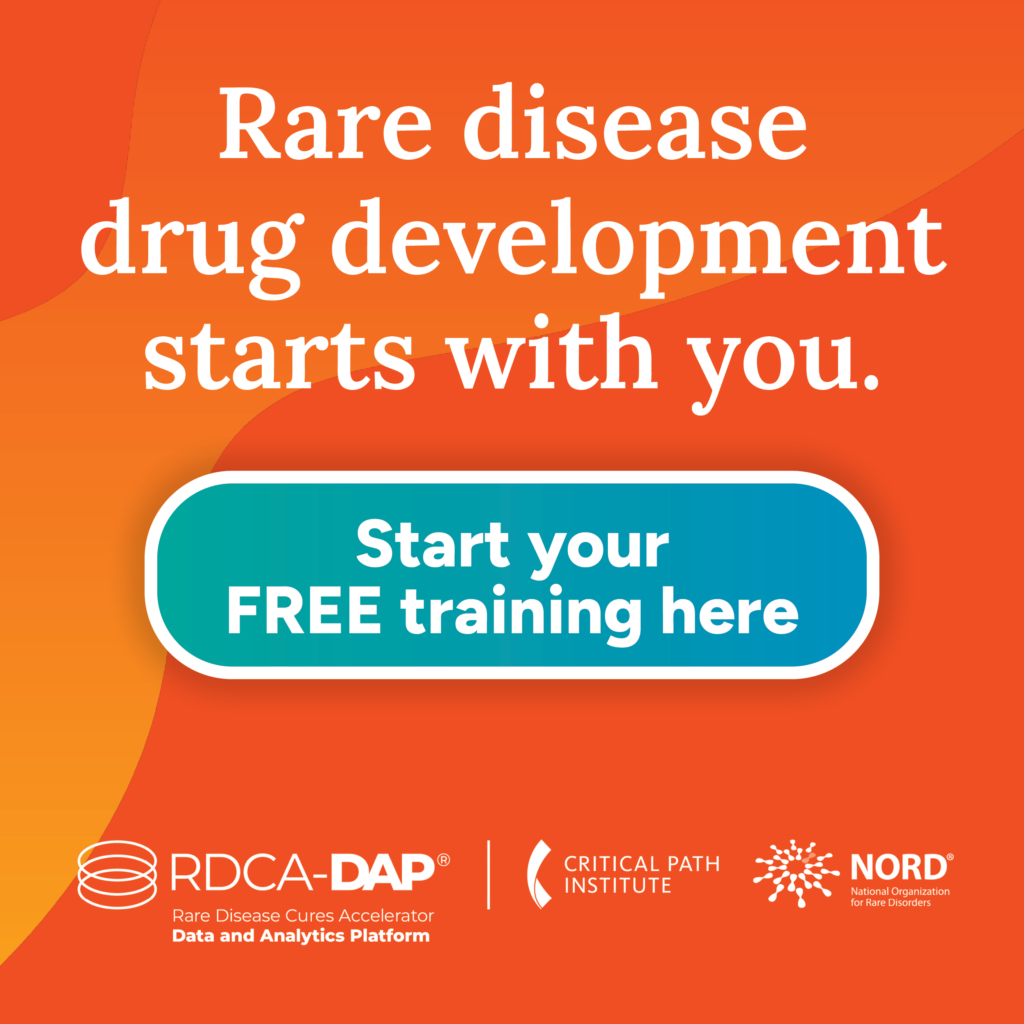Genome editing is a process that involves cutting out mutations in DNA and replacing them with new genetic material. This is an exciting idea because if it can be refined to a level that is safe and effective, the prospect of eradicating genetic diseases is no longer science fiction.
There are several different genetic tools available for genome editing, all with an alphabet soup of acronyms like ZFNs (zinc-finger nucleases), TALENs (transcription activator-like effector nucleases), and most recently CRISPRs (clustered regularly interspersed short palindromic repeats). The CRISPR technique uses the enzyme called CAS9 derived from bacteria to edit out designated areas of the genome. There is currently a lot of excitement about CRISPRs, because they are easier to use, can be programmed to act on several regions of the genome at once, and have been shown to be most accurate in identifying and cutting out the unwanted DNA. A new company founded by five world leaders in genome editing is poised to utilize this technique to develop treatments for rare genetic diseases.
Many scientists consider CRISPR to be a breakthrough in genetics because it enables engineering of part of the genome without introducing mutations. It is also potentially superior to other gene therapy techniques because it could be used to treat genetic diseases that involve production of harmful proteins in addition to diseases that result in absent or malfunctioning proteins. Some predict that human trials using CRISPR for conditions such as Huntington disease are right around the corner. Others stress that the safety and therapeutic benefit of this technology have yet to be established, and much work still needs to be done. One of the big concerns is “off-target hits” that occur when gene editing inadvertently alters a different region of the genome. Another is how best to deliver the “cut and paste” product to the patient’s cells.
There are also ethical concerns about this technology being used to correct genes in human embryos. This could involve removing harmful gene mutations from egg or sperm (germ cells) prior to in vitro fertilization, and thus altering the DNA of subsequent generations. The prospect of eliminating harmful genes may be appealing to some families, especially those who have experienced great suffering and early death from specific genetic disorders. However, germline gene therapy might have long-term side effects on the fetus that are not yet known, and the unborn child is not able to choose whether to have the treatment. The US Government does not currently allow federal funds to be used for research on germline gene therapy in humans.
Almost everyone agrees that it is important to begin considering the implications of this technology long before it is clinically available. Well-reasoned policy and plans for implementation will be necessary if and when the safety concerns are resolved.


